Electronic Labyrinth: THX 1138 4EB
6.6 /10 1 Votes6.6
Genre Sci-Fi, Short Initial DVD release September 14, 2004 (USA) Duration Language English | 6.4/10 IMDb Initial release 1967 (Los Angeles) | |||||||||||||||||||||||||||||||||
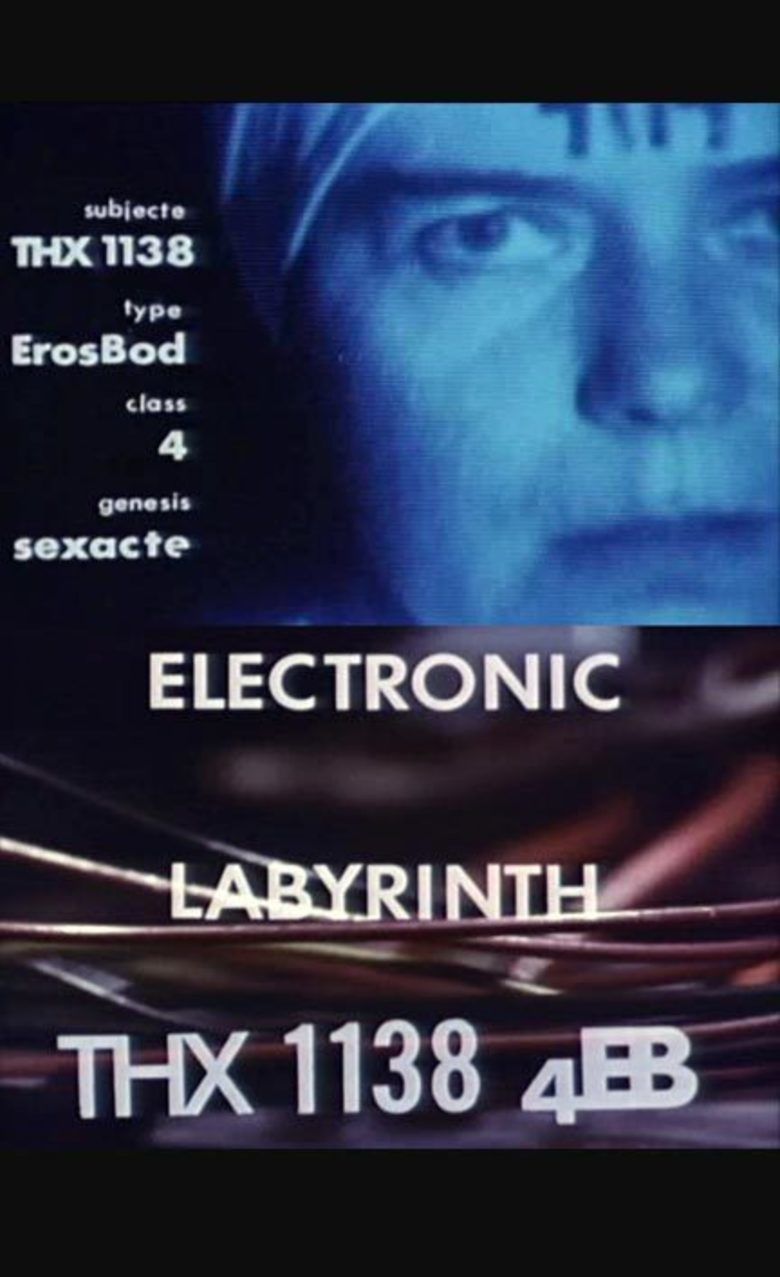 | ||||||||||||||||||||||||||||||||||
Cast Dan Natchsheim (THX 1138), Joy Carmichael (7117), David Munson (2222), Marvin Bennett (0480), Ralph Stell (9021)Similar movies Mad Max: Fury Road , Insurgent , The Maze Runner , Dredd , Logan's Run , Sin City: A Dame to Kill For | ||||||||||||||||||||||||||||||||||
Electronic Labyrinth: THX-1138 4EB is a 1967 social science-fiction short film written and directed by George Lucas while he attended the University of Southern California's film school. The short was reworked as the 1971 theatrical feature THX 1138.
Contents
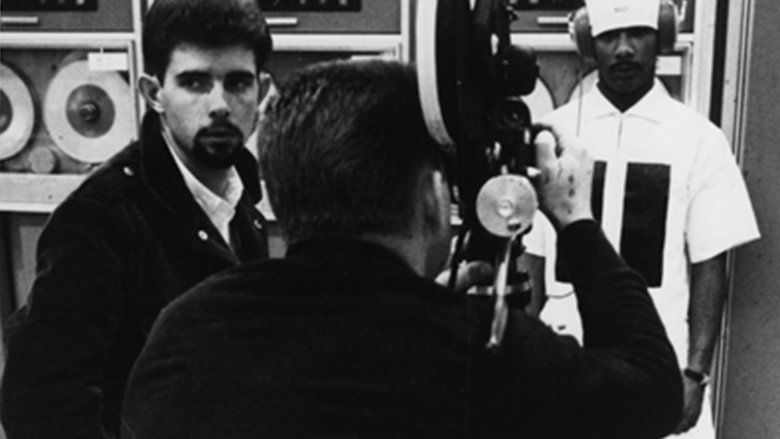
In 2010, this film was selected for preservation in the United States National Film Registry by the Library of Congress as being "culturally, historically, or aesthetically significant".
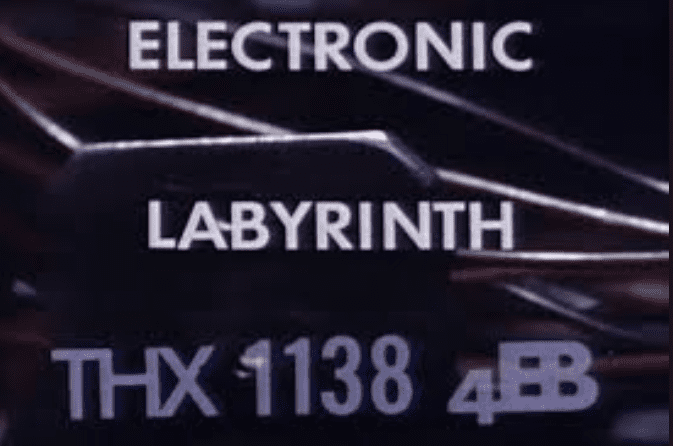
Plot
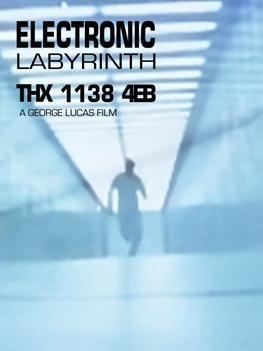
In an underground city in a dystopian future, the protagonist, whose name is "THX 1138 4EB", is shown running through passageways and enclosed spaces. It is soon discovered that THX is escaping his community. The government uses computers and cameras to track down THX and attempt to stop him; however, they fail. He escapes by breaking through a door and runs off into the sunset. The government sends their condolences to YYO 7117, THX's mate, claiming that THX has destroyed himself.
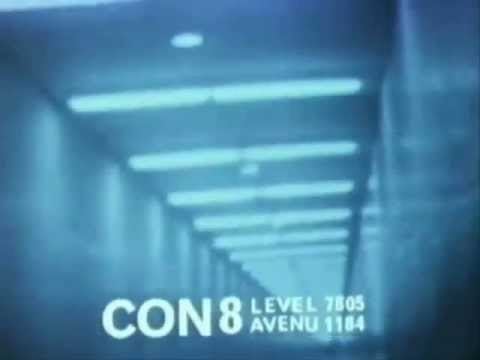
The USC program guide accompanying the film describes it as a "nightmare impression of a world in which a man is trying to escape a computerized world which constantly tracks his movements".
Production
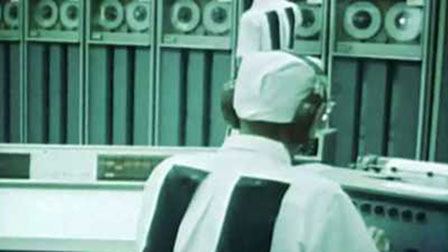
Lucas had had an idea for a long time "based on the concept that we live in the future and that you could make a futuristic film using existing stuff". Fellow USC students Matthew Robbins and Walter Murch had a similar idea which Robbins developed into a short treatment, but Robbins and Murch lost interest in the idea, whereas Lucas was keen to persist.
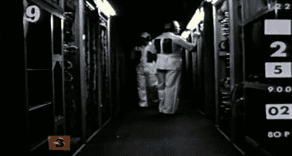
One of Lucas' USC instructors suggested an opportunity for Lucas to make the short film that he had in mind: since the 1940s, the USC film school had had a working arrangement with the US Navy, whereby Navy filmmakers attended USC for additional study. Teaching the class was not popular amongst USC staff, as the Navy filmmakers often had rigid, preconceived ideas about filmmaking, and sometimes misbehaved in class. But the Navy paid for unlimited color film, and lab processing costs, for their students. Lucas offered to teach the class, and was allowed the opportunity.
The Navy men formed the crew of the film, and some appeared in the cast. Because of the Navy connection, Lucas was able to access filming locations which would not otherwise have been available to him: the USC computer center, a parking lot at UCLA, the Los Angeles International Airport, and the Van Nuys Airport. Much of the filming was done at night, with some at weekends.
The film was completed in 12 weeks, with Lucas editing it on the Moviola at the home of Verna Fields, where he was working during the day editing United States Information Agency films under Fields' supervision.
Score
An eclectic soundtrack includes organ music from Bach's Passacaglia in C and modified excerpts from Virgil Fox Plays the John Wanamaker Grand Court Organ.
Reception
In January 1968, the film won first prize in the category of Dramatic films at the third National Student Film Festival held at the Lincoln Center, New York, where it was seen and admired by Steven Spielberg, who had not previously met Lucas. It also came to notice of parts of the mainstream film industry, such as Los Angeles Times film critic Charles Champlin, and Ned Tanen, then a Universal Studios production executive, who was later involved with Lucas' American Graffiti.
Feature film
In 1971, Lucas re-worked the short as a theatrical feature, THX 1138. The last act of the feature-length THX 1138 roughly corresponds with the events in this film. In the final scene, people are warned not to exit the underground city through the door, which allegedly leads to death. In truth, the exit leads to their freedom. Cosmetically, there are similarities in coloring and appearance, although one noticeable difference is the actors did not have to shave their heads for the short film, unlike the later feature version.
Versions
The film became widely available on the bonus disc of the 2004 George Lucas Director's Cut DVD release of THX 1138. The film also exists as a 16mm reference print and on videocassette with a run time of 15 minutes.
References
Electronic Labyrinth: THX 1138 4EB WikipediaElectronic Labyrinth: THX 1138 4EB IMDb Electronic Labyrinth: THX 1138 4EB themoviedb.org
